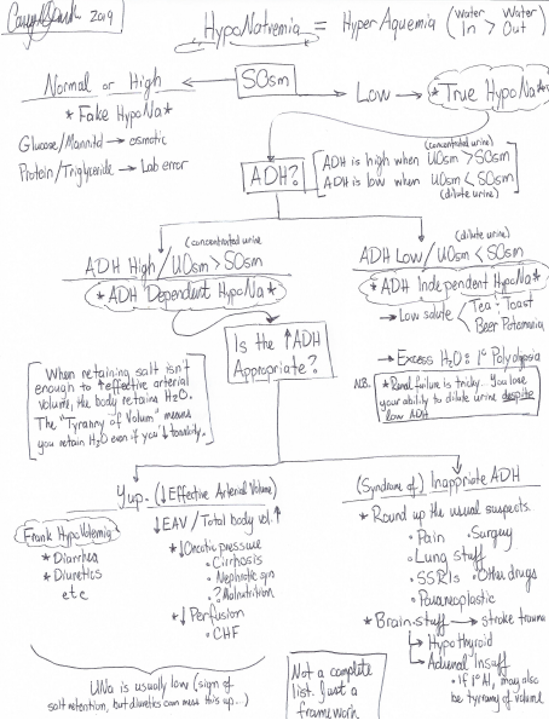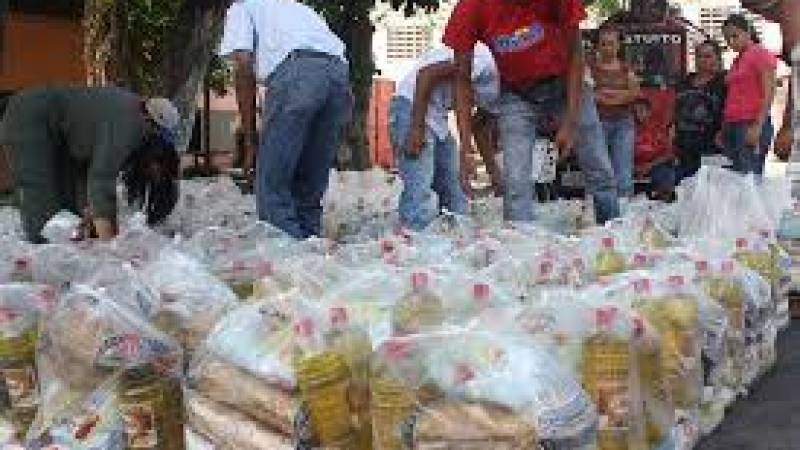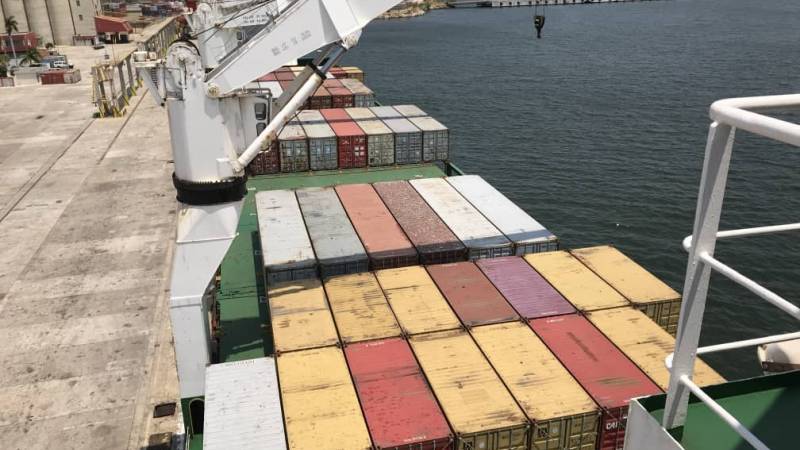After finishing ID consults two weeks ago, you find yourself on renal consults. Your attending gives you two new consults:
1) 30yoM, serum Na 121, SOsm 252
2) 30yoM, serum Na 120, SOsm 253
(Questions on the next page!!!)
Patient #1: Na 121, SOsm 252, asymptomatic.
The attending tells you his urine Osm is 70. She asks you how you want to cure the patient's hypoNa.
You say that, before you decide, you want to know more about the patient's... [You only get 1 choice]
Patient #2: Na 120, SOsm 253, asymptomatic.
Yesterday, Patient #2 got 1L of normal saline. His SNa yesterday was 119. Urine studies today: UOsm 506, UNa 170, UK 54.
The primary team wants guidance on how much normal saline to give and how fast. You say...
@PittIMChiefs @PittIMPD @PittIMPOCUS @OHSUIMRes @thecurbsiders @OHSUIMRes @UTSWIMchief @JMAllenbaugh @TempleIM @kidney_boy @NephroMD @IMCreighton @BostonChiefs @BrighamChiefs @BMCimRES @mgsimonson1 @MFleshner301 @akohlimd
Great work everyone! Here are the solutions.
1) Patient #1: You want the HISTORY.
UOsm < SOsm, so this patient has an ADH *independent* cause of hyponatremia (ADH is low, urine is relatively dilute)! But what does that mean?
With dilute urine / low ADH, your Ddx is narrowed down to
- poor solute intake (beer potomania, tea and toast diet)
-excessive water intake (1* polydipsia)
A good patient history will help you decide which of these three is the culprit!
A note about "Volume Status" and hyponatremia. --> It is unreliable and therefore unhelpful.
See this study: ncbi.nlm.nih.gov/pubmed/3674097
Physicians inconsistently distinguish hypovolemia from euvolemia by exam alone (correct ~47-48%). That's a coin flip!
Speaking of Volume Status and hypovolemia, nephrologist extraordinaire @NephroMD taught us a different schema for thinking about hyponatremia. We'll post our version here (what we remember) , and ask for corrections from @NephroMD and the rest of @askrenal

Anyways: Patient #2 --> You guys are right. Stop the normal saline.
Saline's osmolality is 308. The patient's UOsm = 506. They'll concentrate 1L of NS from 308 to 506, keep the remaining water and make their hypoNa worse!.
Their (UNa + UK) is > serum Na, so the FW-clearance is actually negative. (1 - [UNa+UK]/SNa) is < 0. They hold onto every drop of water they get. Instead, they need something like urea to get better
In a euvolemic patient (remember, SIADH patients are euvolemic?), they must excrete all solutes they take in. Right? So by giving them an active solute like urea or salt tabs, they must USE their own free water to dilute it and excrete it!
Let us know your comments, questions, suggestions for the future. #PhysioQuizzo









